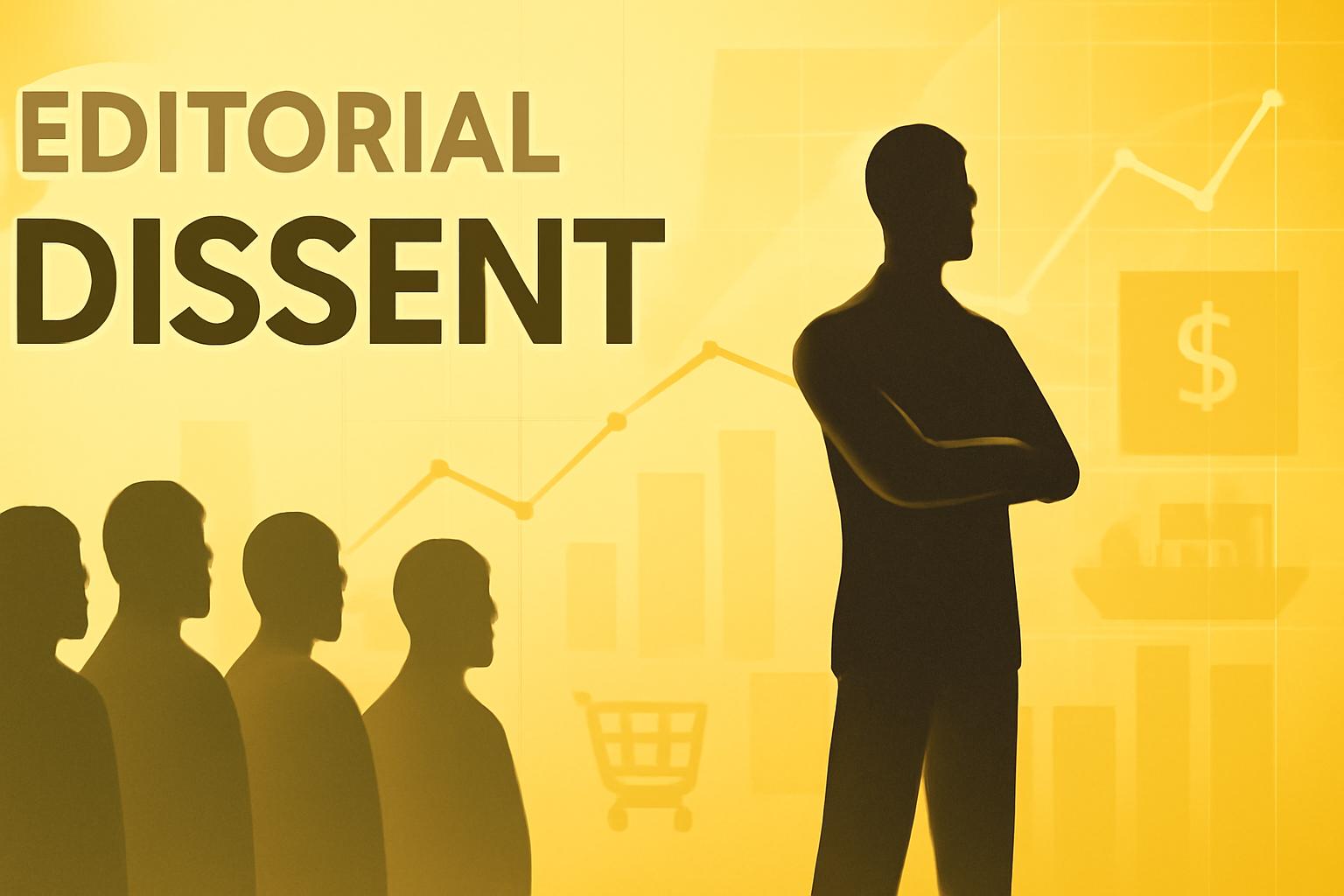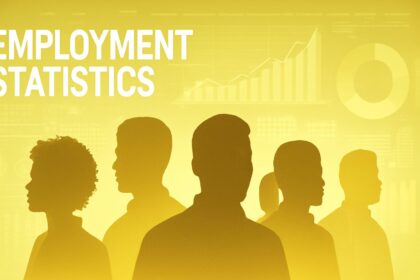Fed Governor Miran Challenges Inflation Concerns Over Tariffs
Federal Reserve Governor Stephen Miran expressed skepticism about the inflationary impact of President Donald Trump’s tariffs on the U.S. economy during an interview on CNBC’s “Money Movers” program. Miran stated, “I’m clearly in the minority in not being concerned about inflation from tariffs,” referencing his prior stance during 2018-2019 and underlining his confidence in his position. He clarified that while tariffs cause relative price changes, these shifts do not necessarily translate into macroeconomically significant inflation that warrants monetary policy intervention.
Lone Dissent on Rate Cut Reflects Hawkish Inflation View
Miran stood alone among the 12 Federal Open Market Committee (FOMC) voters in dissenting from the decision to reduce the benchmark overnight lending rate by 25 basis points. Instead, he advocated for a more aggressive 50 basis point cut, citing concerns about growth rather than inflation. Explaining his rationale, Miran emphasized the absence of material inflationary effects from tariffs, stating, “I see no evidence that it’s occurred,” and pointed to the comparable inflation rates between import-intensive core goods and overall core goods. He further noted, “If tariffs were driving inflation, imports would be inflating at a higher pace,” an observation supported by the lack of a discernible divergence in U.S. core goods inflation relative to other countries.
Contrasting Inflation Outlooks Among Fed Officials
Despite Miran’s views, most inflation indicators remain above the Fed’s 2% target through 2025, with committee forecasts projecting a return to target levels not until 2028. This divergence highlights ongoing debate within the Fed regarding the drivers and persistence of inflation.
Economic Growth and Immigration Policy Impacts
Miran anticipates a rebound in economic growth during the latter half of 2025, attributing earlier weakness to uncertainty surrounding trade and tax policies. Additionally, he identified immigration restrictions as a factor likely to exert disinflationary pressure, especially on shelter prices.
“If you add millions of new immigrants into a country in a short period of time, it’s going to drive shelter prices up. If you close that border, and then you have negative net migration … that’s going to have a very disinflationary effect,” Miran explained.
Recent Confirmation and Role at the Fed
Miran was confirmed by the Senate to the Federal Reserve Board of Governors on September 16, 2025, filling the seat vacated by former Governor Adriana Kugler. He is set to serve through January 31, 2026, and has committed to an unpaid leave from his role as chair of the White House Council of Economic Advisors during his tenure.
FinOracleAI — Market View
Governor Miran’s dissent on the FOMC rate decision and his contrarian view on tariff-induced inflation underscore a nuanced debate within the Fed regarding inflation drivers and appropriate monetary policy responses. His perspective highlights the importance of differentiating between relative price changes and broad-based inflation.
- Opportunities: A more aggressive rate cut could support growth amid trade policy uncertainties, potentially stabilizing markets.
- Risks: Underestimating inflationary pressures from tariffs or other sources might delay necessary policy tightening, exacerbating inflation persistence.
- Immigration policy shifts could materially influence shelter costs and overall inflation dynamics.
- The divergence within the Fed signals potential volatility in future policy guidance and market expectations.
Impact: Miran’s position introduces cautious optimism for growth but signals a complex inflation outlook, suggesting markets should prepare for potential shifts in Fed policy stance based on evolving economic data.













